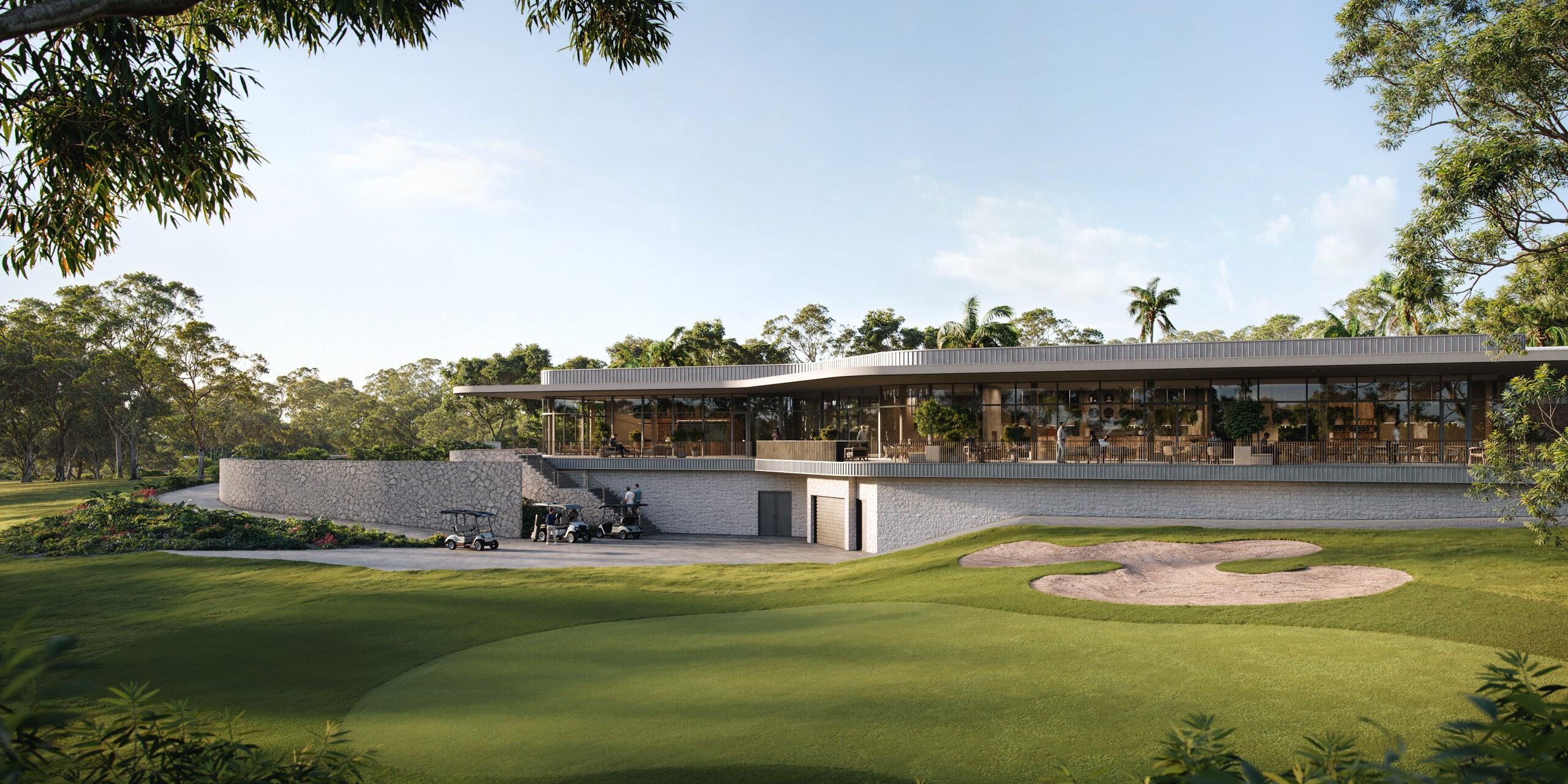ASX-listed Dexus, once best-known as the nation’s biggest office landlord, is planting its flag in residential development with a series of projects including a luxury apartment block opposite a golf course in Sydney’s Northern Beaches.
Still in the development phase, the Mona Vale project will include more than 40generously sized two and three-bed apartments in a development worth an estimated $140 million when complete.
Opposite the Bayview golf club, the project is expected to appeal to cashed-up, golf-loving downsizers, many of whom may already live in the area.
The reasons for the shift by one of the country’s biggest commercial property players into the broader “living” sector are twofold.
Dexus was already rapidly diversifying its portfolio beyond traditional commercial real estate as it pursues its aim to be a manager of real assets. That strategy was boosted by the takeover of much of AMP Capital’s local property and infrastructure platform three years ago, including interests in airports , renewable energy and a student accommodation portfolio.
More immediately, the swing into residential is about applying the Dexus platform to a massive opportunity, said Jason Howes, its recently appointed executive general manager for fund capital and product development.
“We are playing into a supply constraint. The residential investment window is closing quickly,” he told The Australian Financial Review.
“When we think about the ‘living’ sector more broadly, what we have is a supply crisis right across the living thematic.
“We’re accessing that thematic through student accommodation, through seniors living, through build-to-sell apartments, through land subdivisions. It’s about accessing that supply constraint.”
Dexus has launched a series of opportunity-style funds, which typically involvehigher risk, to add to its stable of wholesale funds which hold office towers, warehouses, malls and more recently healthcare real estate.
The first cab off the rank, Dexus Real Estate Partnership I, is fully invested after raising about $475 million in equity. Its portfolio is around twice that size, after factoring in gearing.
Raising for its second, DREP II, is well on its way to an initial target of $600 million.That target could extend to $1 billion, making the final portfolio worth as much as$2 billion, including leverage.
Of the 15 separate investments in the first fund, 12 were in equity, with the remainder involving credit. Along with logistics, the deals are dominated by investment into housing of various types, including the repurposing of an oldBrisbane office block into a $500 million, 1200-bed student dorm.
The first fund has also invested into a 178-apartment retirement living venture nextto Merewether Golf Club in Newcastle, a 13-storey apartment block in inner-cityMelbourne, greenfield housing lots in Sydney’s west and 150 unsold apartments from developments in Melbourne.
The DREP funds are targeting a 15 per cent internal rate of return. The executionrate for the Dexus team as they comb the market for opportunities is less than 4per cent, an indicator of how many potential transactions they are prepared to reject.
Fuelling that tremendous churn rate is the prospect of outsized returns – known as“alpha” in investment terms – for early movers in the next housing boom, according to Howes.
“In commercial real estate investing, investment vintage is a powerful driver of alpha in returns. So the investment window or vintage is critical,” he said.
“If you overlay where we are in the market, with interest rate cuts that are priced in, we would expect a demand and price response to those interest rate cuts.
“From our perspective the window in which we have to get set in the residential investment space, it’s closing quickly.
“We planned for this, which is why we have spent so much time and effort getting set in a broad living exposure in advance of this change in the market.”
